Once such an integral part of Hong Kong life, both wet markets and dai pai dong (street food stalls) are now becoming cultural relics and tourist attractions. Fortunately, we were able to make a quick stop to see samples of both during our trip last month.
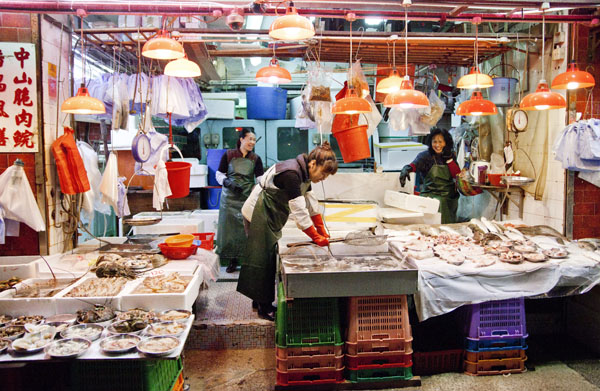 Traditionally, wet markets are so called because they are hosed down every day, washing out all the dirt, scraps, blood, and guts from each day’s transactions. They’re often open-air, but some also have a covered section, and others are entirely housed inside a building. Although they’re not as common as they used to be, thankfully, Hong Kong still has a number of wet markets in various neighborhoods, and when my parents lived there briefly a couple of years ago, they still preferred getting groceries there.
Traditionally, wet markets are so called because they are hosed down every day, washing out all the dirt, scraps, blood, and guts from each day’s transactions. They’re often open-air, but some also have a covered section, and others are entirely housed inside a building. Although they’re not as common as they used to be, thankfully, Hong Kong still has a number of wet markets in various neighborhoods, and when my parents lived there briefly a couple of years ago, they still preferred getting groceries there.
One of the oldest wet markets in Hong Kong is in Central, on Graham Street between Queen’s Road and Hollywood Road. My husband’s grandma has actually been frequenting this market for decades! He still has memories of trudging uphill with her and complaining about the heavy bags he had to carry while she was holding both groceries and his small cousins and not even breaking a sweat. To this day, she still buys her groceries here.
We caught the market in the evening, just as many of the stalls were starting to close up, so we just walked through quickly. This market seems to consist more of permanent shops whose wares spill out onto streetside tables and crates during the day. Here, you can find fresh produce, seafood, meat, dried goods, flowers, and more. Look out for the signature red lamps (see photo above) that have become an icon of Hong Kong wet markets. These lamps are said to make the fish look fresher.
I know wet markets can make people uneasy, and I confess that I’ve been to a few that I was surprised to find myself quite uncomfortable at (most notably, the Bac Ha market in Sapa, Vietnam), but for the most part, I love wet markets. They are full of color and life, and there’s no better way to experience local culture than to head to a market in the morning. If you live in a place that has a nearby wet market, just think how convenient — and how much more fun and personal — it would be to walk down the block and get fresh groceries every day from individuals you’ve gotten to know and trust.
 We were really passing by the Graham Street Wet Market that night on our way to the dai pai dong in Central. When I was growing up in Toronto, dai pai dong to me meant that food court in the basement of the Dragon City complex in Chinatown where we ordered up stir-fried dishes like fried radish cake and then congregated at a table to scarf it down with some soybean juice. It’s actually quite like the hawker centers in Singapore, where the street-food culture has been sanitized and homogenized.
We were really passing by the Graham Street Wet Market that night on our way to the dai pai dong in Central. When I was growing up in Toronto, dai pai dong to me meant that food court in the basement of the Dragon City complex in Chinatown where we ordered up stir-fried dishes like fried radish cake and then congregated at a table to scarf it down with some soybean juice. It’s actually quite like the hawker centers in Singapore, where the street-food culture has been sanitized and homogenized.
Originally, dai pai dongs referred specifically to open-air food stalls in Hong Kong with registered licenses prominently displayed, hence dai pai, which means “big sign” (dong means “stall”). There are really only 28 of these left in Hong Kong, and since these licenses are no longer issued, naturally dai pai dong are a dying phenomenon. If you see a stall painted green with a sign prominently displayed, you’ll know that it’s an original. Otherwise, the term dai pai dong has come to refer to any sort of open-air food court, with street stalls and street-side seating.
 When I was in Vietnam, Malaysia, and Thailand, most of my meals came from street stalls because they’re everywhere there. But despite being to Hong Kong many times, I actually still had not been to a dai pai dong there. So I was eager to finally experience one this past trip. This turned out to be more difficult than I expected, because they’ve become so rare and are not as popular anymore. One of my husband’s local relatives even asked us why wanted to go to one because they are so dirty! But we were not to be deterred. After stumbling around in Central for a little bit, we were directed to an alley where a couple of food carts were set up. In the left photo above, you can see the famous Soho escalators in the background. I don’t know if this was an official licensed dai pai dong, but it certainly had many of the characteristics of one.
When I was in Vietnam, Malaysia, and Thailand, most of my meals came from street stalls because they’re everywhere there. But despite being to Hong Kong many times, I actually still had not been to a dai pai dong there. So I was eager to finally experience one this past trip. This turned out to be more difficult than I expected, because they’ve become so rare and are not as popular anymore. One of my husband’s local relatives even asked us why wanted to go to one because they are so dirty! But we were not to be deterred. After stumbling around in Central for a little bit, we were directed to an alley where a couple of food carts were set up. In the left photo above, you can see the famous Soho escalators in the background. I don’t know if this was an official licensed dai pai dong, but it certainly had many of the characteristics of one.
Hong Kong cuisine owes a lot of its characteristics to dai pai dong culture. Many Cantonese dishes are cooked in a wok, which is the main cooking vessel in a dai pai dong. The Cantonese often speak of a dish having wok hei, or the “breath of a wok” — that ever-elusive quality to a dish cooked at high heat in a wok over an open flame. The “breath” is the same word as qi in Mandarin — energy, life force. And indeed, imparting wok hei into a dish requires the skill, deftness, and expertise of a master. A dish with wok hei has a slightly charred taste but is never burnt. The high heat immediately vaporizes moisture, so the food has just the barest crisp edge to it. And it’s not supposed to be greasy. I imagine a dish with wok hei tastes like it’s been cooked by a dragon. The quality is that mythical.
 At the dai pai dong in Central, my husband, his brother, and I ordered beef chow fun and salt-and-pepper wings. We were actually on our way to meet up with someone for dinner elsewhere, so this was really just a starter.
At the dai pai dong in Central, my husband, his brother, and I ordered beef chow fun and salt-and-pepper wings. We were actually on our way to meet up with someone for dinner elsewhere, so this was really just a starter.
The beef chow fun was the best I’d had in a long time. This is the dish that Hong Kong chefs are tested on, as it is very difficult to stir-fry the rice noodles so that they remain intact, soft but not mushy, all the while imparting that seared wok hei flavor to the dish. And this one was expertly rendered. Note in the photo that even the ends of the bean sprouts have been picked off — a real attention to detail!Â
 The salt-and-pepper wings were deliciously crisp and salty-smoky as well. But the beef chow fun was the real star of our meal.
The salt-and-pepper wings were deliciously crisp and salty-smoky as well. But the beef chow fun was the real star of our meal.
 While this dai pai dong in Central is quite small (it takes up maybe half an alley) and uses an obviously touristy bilingual menu with very non-street-food prices, it certainly did not disappoint. The menu offers a lot of variety, including many of the most famous Cantonese dishes, like Singaporean rice noodles, salt and pepper pork ribs, fried squab, and sweet and sour pork.
While this dai pai dong in Central is quite small (it takes up maybe half an alley) and uses an obviously touristy bilingual menu with very non-street-food prices, it certainly did not disappoint. The menu offers a lot of variety, including many of the most famous Cantonese dishes, like Singaporean rice noodles, salt and pepper pork ribs, fried squab, and sweet and sour pork.
 If you ever find yourself strolling through the streets of Central (which I also recommend), make sure to pass through the Graham Street Wet Market. You might also order up some beef chow fun at the dai pai dong nearby and experience some local culture that may not be around for much longer.
If you ever find yourself strolling through the streets of Central (which I also recommend), make sure to pass through the Graham Street Wet Market. You might also order up some beef chow fun at the dai pai dong nearby and experience some local culture that may not be around for much longer.
Graham Street Wet Market
Graham Street, between Queen’s Road and Hollywood Road [map]
Central district, Hong Kong
Central Dai Pai Dong
There may be several in Central district, but the one we went to was in an alley off the Graham Street Wet Market. I don’t have the exact location, but I’ve included an approximate location marker on this map. You can also try asking around at the market. Many people in Hong Kong speak English.





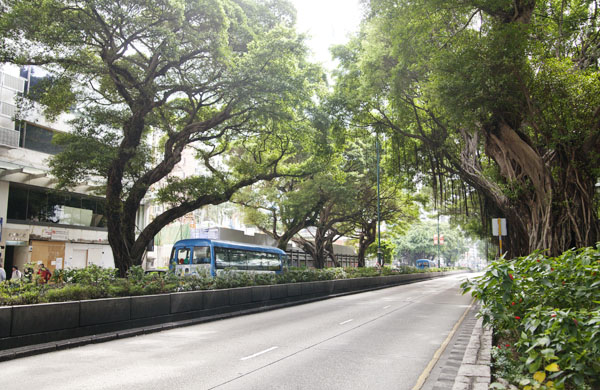
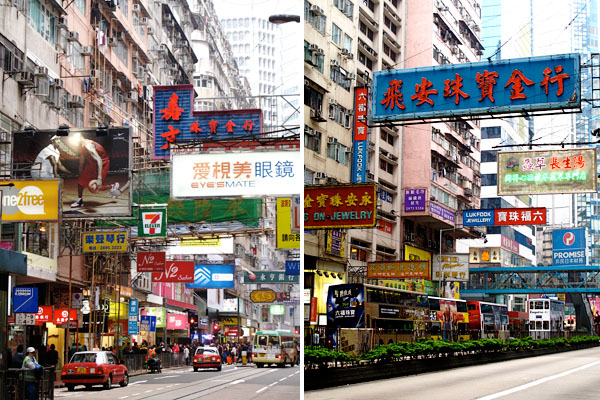



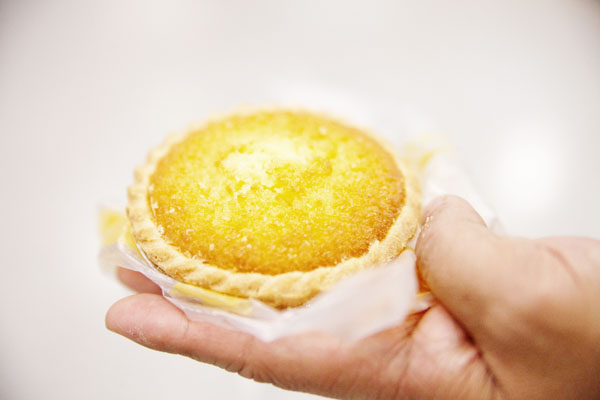

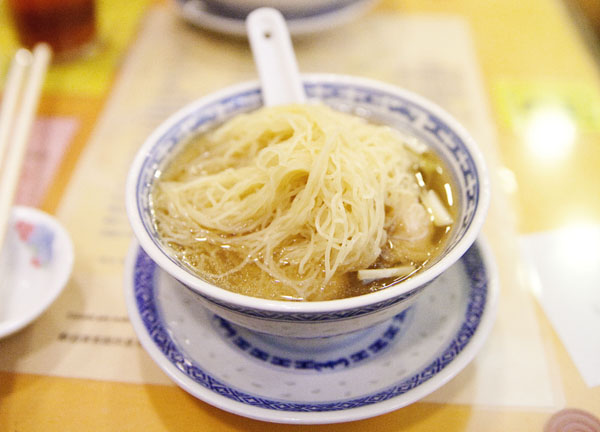








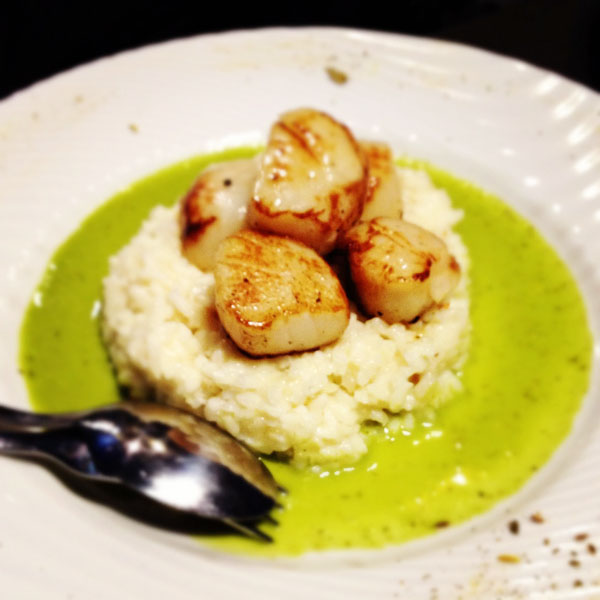
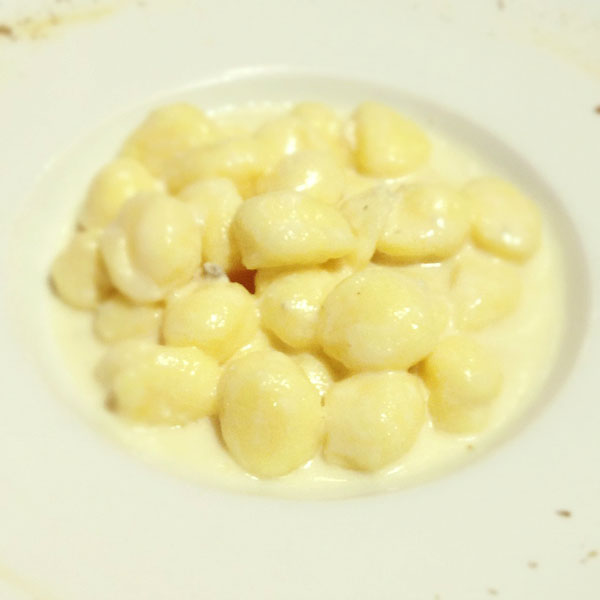










Connect with us